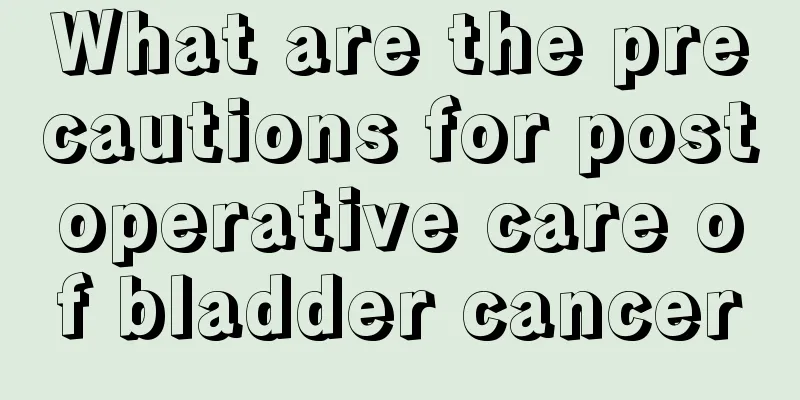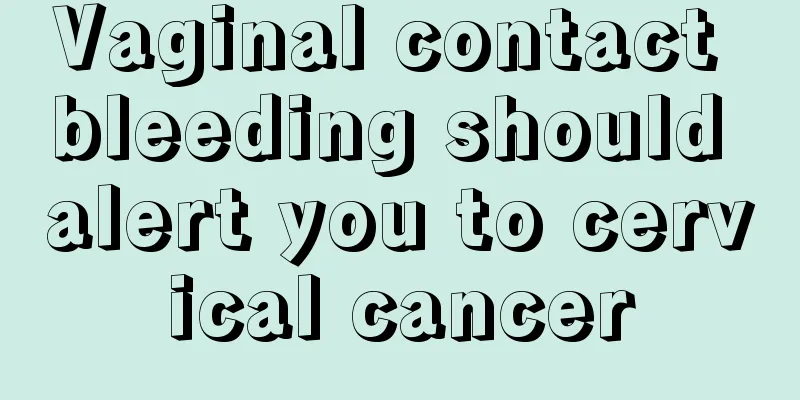There are 6 symptoms of varicose veins in the legs

|
The occurrence of varicose veins in the legs is mostly related to factors such as standing for long periods of time, traveling long distances, and fatigue. Therefore, people who often experience the above-mentioned conditions in life must always pay attention to the condition of their legs. If symptoms of varicose veins in the legs appear, they must seek medical treatment in time. So what are the symptoms of varicose veins in the legs? In fact, there are 6 types. The first is venous thrombosis. 1. Venous thrombosis Some patients may develop blood clots in the varicose superficial veins, which manifests as local redness, swelling, pain, lump formation, and pain that affects walking. If not treated promptly, the thrombus may spread upward or through the communicating veins to the deep veins, causing deep vein thrombosis and the risk of life-threatening pulmonary embolism. Patients with long-term varicose veins have weak venous walls and high venous pressure. In addition, insufficient local blood supply causes atrophy of muscle and fat tissue. Varicose veins protrude under the skin, and ulcers will occur even with slight injuries, and the venous walls are easily damaged. 2. Bleeding and ulcers The skin in the area where the varicose veins of the lower leg pass is very fragile due to lack of nutrition. Even a slight trauma can easily cause the varicose veins to rupture and cause heavy bleeding. Since there is no pain or other symptoms during bleeding, patients often do not notice it. If it occurs at night while sleeping, it will lead to very serious consequences. 3. Venous injury Patients with long-term varicose veins have weak venous walls and high venous pressure. In addition, insufficient local blood supply causes atrophy of muscle and fat tissue. Varicose veins protrude under the skin, and ulcers will occur even with slight injuries, and the venous walls are easily damaged. 4. Edema and skin pigmentation Due to venous reflux, patients often experience edema in the affected limb that is mild in the morning and severe in the evening. Long-term venous hypertension leads to increased capillary permeability in the calf area, causing red blood cells to rupture after infiltration and deposition of hemoglobin under the skin, causing the skin to darken, from dots to flakes. 5. Affect the beauty of the legs In addition to affecting the appearance of the legs, varicose veins in the lower legs also cause patients to experience soreness, swelling, discomfort and pain in the early stages of the disease. In the later stages, the damaged veins bulge, expand and become tortuous, with the great saphenous vein in the lower leg being the most severe. 6. Necrosis This type of ulcer often occurs on the upper part of the medial malleolus and the lower 1/3 of the medial side of the calf. Due to insufficient blood supply to the tissues, the tissues around the ulcers become thinner, the skin becomes darker and harder, the ulcer wounds do not heal for a long time and are prone to recurrence after healing. |
<<: The symptoms and dangers of varicose veins are actually these four types
>>: What are the symptoms of varicose veins? It turns out that these 9 are all
Recommend
What to do if you have a high forehead
A high forehead is what is called a high hairline...
How to determine whether you have a pituitary tumor
The incidence of pituitary tumors is getting high...
How to wash red wine off clothes
If you accidentally pour red wine on your clothes...
Precautions for fibroids
Fibroid is a common disease in daily life. Many p...
Clinical manifestations of anal papilloma
When it comes to anal papilloma, many friends hav...
Differential diagnosis of gallstones?
Most people are familiar with gallstones. Many pe...
Dietary considerations for patients with cervical cancer
Cervical cancer is a common female malignant geni...
Don’t break into the 7 self-righteous new “calcium” reading red lights
In the long journey of life, bone health and calc...
Two types of people who drink alcohol are most likely to get liver cancer
Liver cancer is one of the common malignant tumor...
How to quit marijuana
Marijuana is not unfamiliar to many people. This ...
What is the TCM method for treating colorectal cancer
With the changes in our daily eating habits, the ...
Can patients with gallbladder cancer eat tofu pudding?
It is just that after the operation of bile duct ...
Is papillary thyroid carcinoma serious? What are the clinical manifestations of papillary thyroid carcinoma?
Is papillary thyroid cancer serious? Papillary th...
What are the effects and functions of okra flowers?
Okra, also known as okra, is a common food in dai...
How to choose a hospital to treat colorectal cancer
Intestinal cancer is a type of malignant tumor. I...









